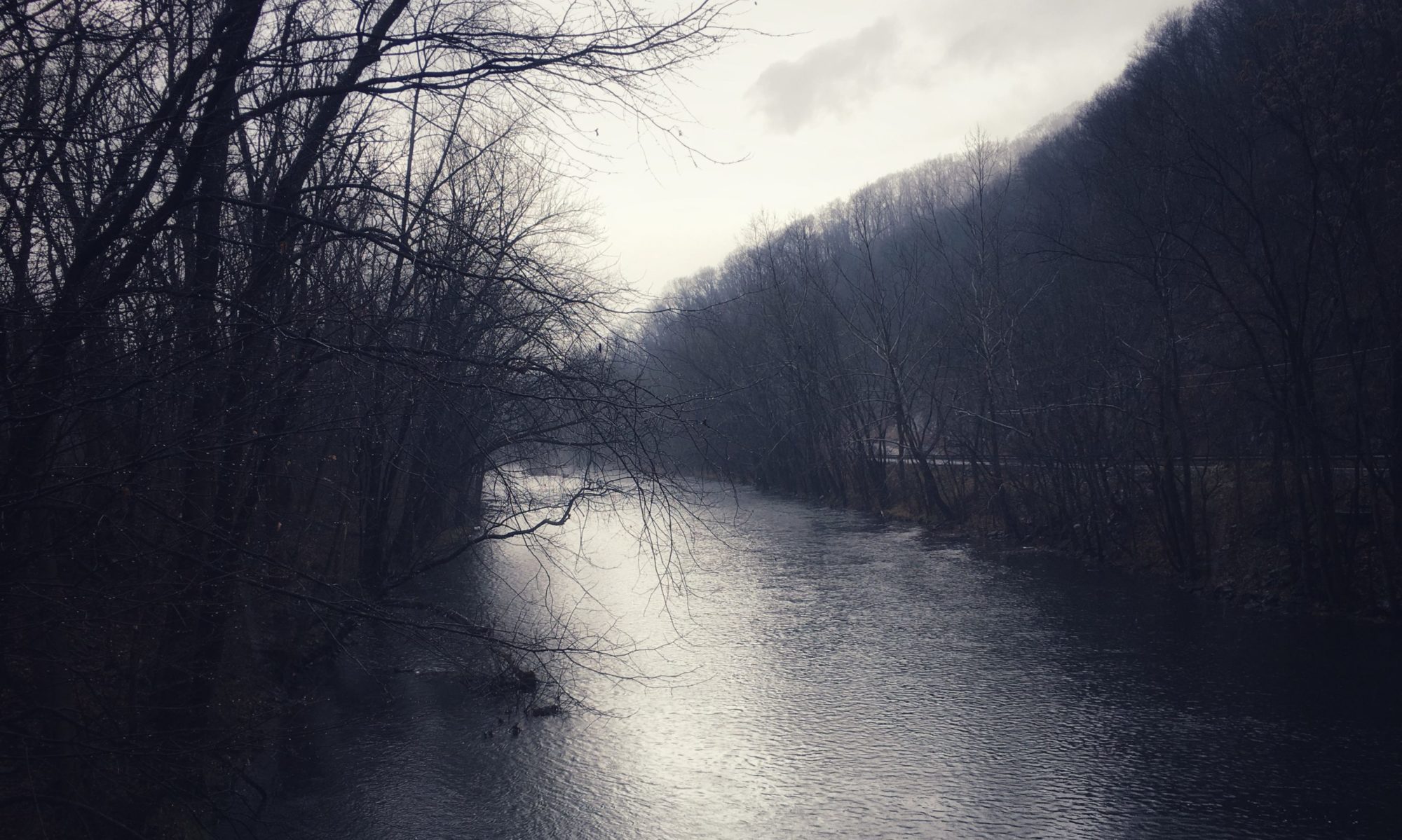Some people still swear by witch hazel extract as a balm for cuts and bruises, acne and mosquito bites. But to me, the shrub’s greatest healing power lies in the visual relief and color its flowers provide — among the few splashes of color still remaining in the gray and brown woods of late autumn.
The next issue of qarrtsiluni, the literary magazine I help curate, will be all about health, broadly defined. I’ve been remiss in not linking to the call for submissions, which we published on November 1. The editors this time are Susan Elbe and Kelly Madigan Erlandson, and the deadline for submissions is November 30. Susan and Kelly have chosen a theme that should resonate far beyond the current health care debate in the United States:
We are interested in creative interpretations of health, which will of course include the health (or lack thereof) of the human body, but also of the mind and spirit, the environment, or the culture. How systems stay in balance, how one attains wellness, how we relate or respond to our own state of health and the health of others, and the extent of an individual’s physical, emotional, mental, and social ability to cope with his/her environment would all be fair game. Unusual health-related practices also intrigue us (serpents? psychic surgery?) as well as tales of spontaneous recovery. How much control do we have over our own health? Explore superstitions, regale us with symptoms, or simply make a well-written toast to our health — we’ll consider it. Keep in mind too that the etymological roots of health include “whole” and “hale,” but also “holy.”
Read the complete description if you’re interested in submitting.
*
If the above is news to you, then you might’ve also missed the fact that we’re doing daily podcasts at qarrtsiluni now (subscribe in iTunes here, or listen via the audio players on the site). For many of the image posts this issue, Beth and I have been indulging ourselves a little and engaging in extended discussions, prompted by the images but often going off on tangents related to other aspects of the current theme, “words of power.” I think some of them have turned out pretty well. It’s fun.
*
There was an interesting, brief interview with Pamela Johnson Parker, the winner of qarrtsiluni’s 2009 chapbook contest, today at Read Write Poem. Her answer to the last question, “Can Poetry Save the World?” was intriguing, I thought:
I can’t speak for the world, but it’s saved me. I had an illness this summer that affected my speech, coordination and memory. My neuropsychologist was amazed that I could immediately recall poems, whole stanzas of them. I made one of the quickest full recoveries he’s ever witnessed. I give credit to Shakespeare, Bishop, Keats, Frost, Browning, Cummings — and also to Mrs. P., the 7th-grade teacher who made me memorize poems as a penalty for talking in class.
So there you have it: poetry can heal. I prescribe one dose of qarrtsiluni a day.











